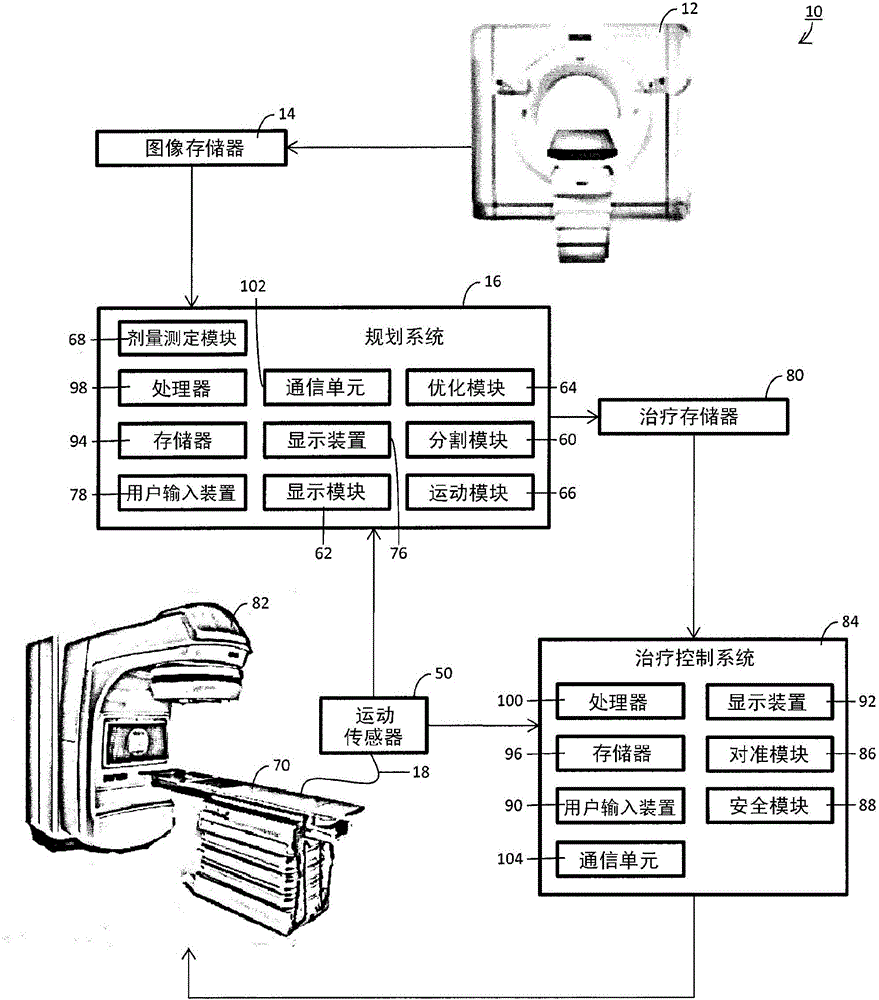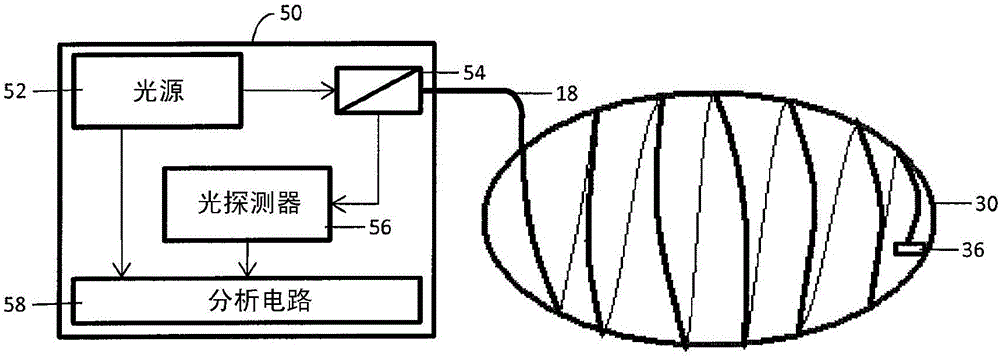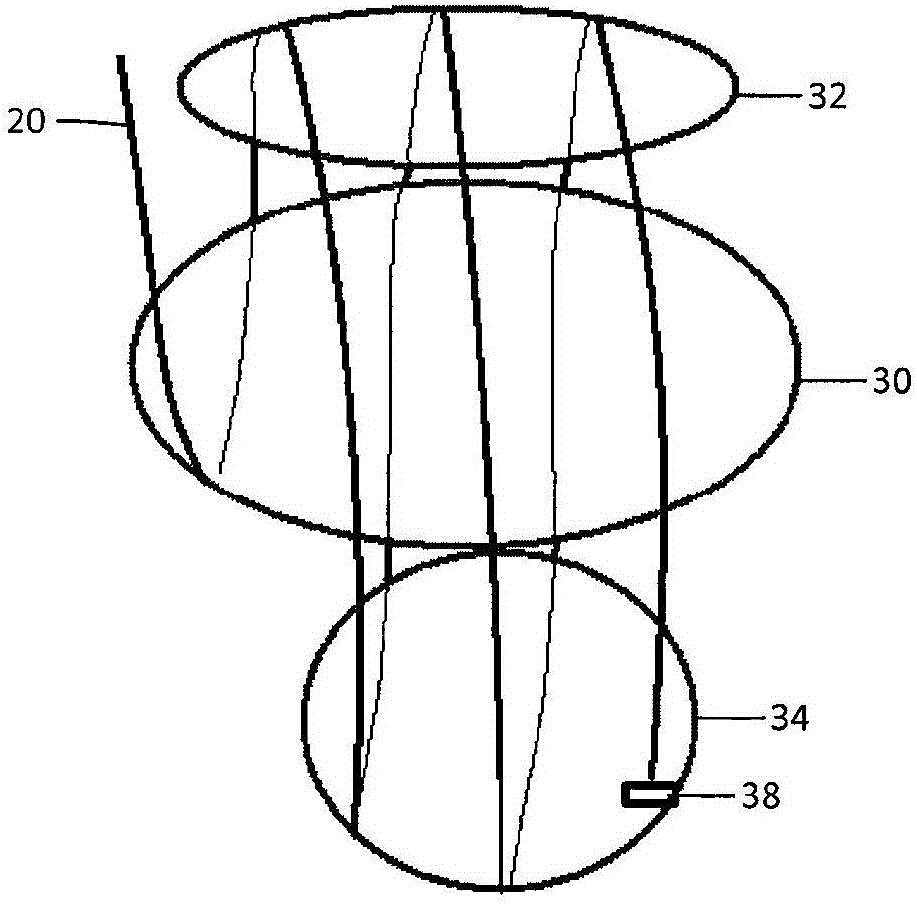A treatment planning system and treatment system
A planning system and a substitute technology, applied in the field of radiation therapy, can solve the problems of not providing spatial information of organs, poor spatial resolution, etc., and achieve the effect of reducing the margin
- Summary
- Abstract
- Description
- Claims
- Application Information
AI Technical Summary
Problems solved by technology
Method used
Image
Examples
Embodiment Construction
[0031] refer to figure 1 , therapy system 10 includes one or more imaging modalities 12 for acquiring images of targets and / or organs at risk in a patient. The imaging modality 12 suitably comprises a computed tomography (CT) scanner, a positron emission tomography (PET) scanner, a magnetic resonance (MR) scanner, a single photon emission computed tomography (SPECT) scanner, a cone One or more of shaped beam computed tomography (CBCT) scanners and the like. Images acquired from imaging modality 12 are stored in one or more image memories 14 .
[0032] Planning system 16 of treatment system 10 receives one or more planning images, such as three-dimensional and / or four-dimensional image sets, of a patient's target and / or organ-at-risk. Typically, the planning images are received from the imaging modality 14 via the image memory 14, although other sources are also contemplated. As discussed below, planning system 16 employs planning images to generate and / or update a treatment...
PUM
 Login to View More
Login to View More Abstract
Description
Claims
Application Information
 Login to View More
Login to View More - R&D
- Intellectual Property
- Life Sciences
- Materials
- Tech Scout
- Unparalleled Data Quality
- Higher Quality Content
- 60% Fewer Hallucinations
Browse by: Latest US Patents, China's latest patents, Technical Efficacy Thesaurus, Application Domain, Technology Topic, Popular Technical Reports.
© 2025 PatSnap. All rights reserved.Legal|Privacy policy|Modern Slavery Act Transparency Statement|Sitemap|About US| Contact US: help@patsnap.com



